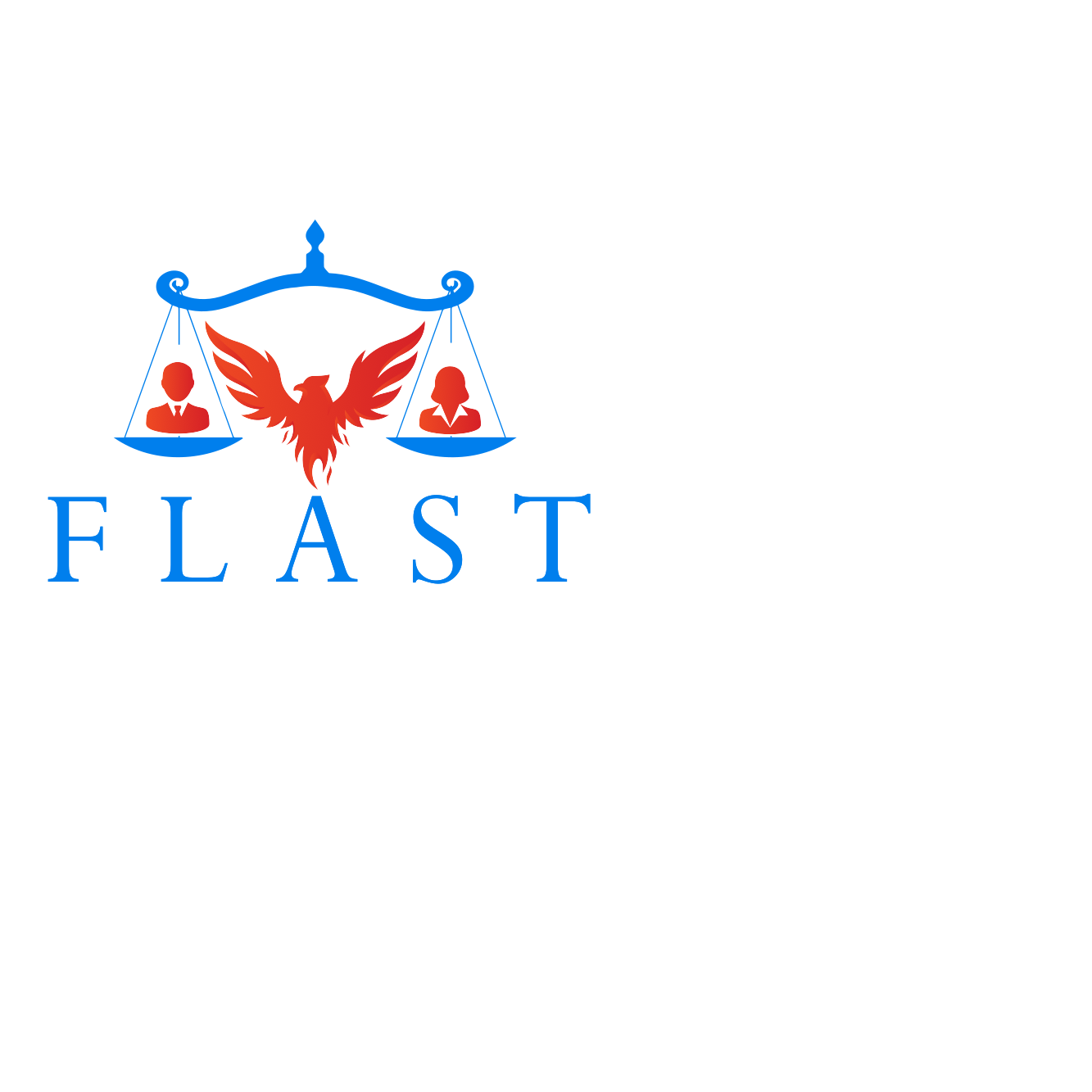- · 4849 friends
Appellant Opposes Final Property Orders
Halstron & Halstron [2022] FedCFamC1A 65 (13 May 2022)
This matter concerns an appeal from final property orders made by the primary judge. The respondent was allowed to adduce updated valuation evidence. On the other hand, it is asserted that the primary judge erred in dismissing the appellant’s application to adduce updated valuation evidence.
Facts:
The parties married on 18 October 1994 and separated on 22 April 2016. The respondent has continued to live in the Suburb J property in the period subsequent to the parties’ separation. The respondent retained the Suburb J property as part of the property adjustment effected by the orders made by the primary judge on 24 June 2021. The contention of both parties was that, subject to the capacity of the respondent to make an appropriate cash adjustment to the appellant, the respondent should retain the Suburb J property.
There are three children of the marriage. Ms B, who is 27 years old, has an autism spectrum disorder and has resided with the appellant since July 2017. The parties’ two younger children, Ms C who is 21 years of age and Mr D who is 19 years of age, reside with the respondent and have spent little, if any, time with the appellant in the period subsequent to the parties’ separation. The appellant also has a son from a previous marriage, Mr E, who is 36 years old.
His Honour found that the respondent was the primary breadwinner while the appellant was the primary homemaker and, although both parties undertook parenting responsibilities, the appellant primarily carried out such duties. It was acknowledged by the respondent that, in addition to his income, he also received sizeable distributions from his parents’ family trust totalling $323,244 between 1999 and 2005, and a further $2,834,040 in distributions in the period 2007 to 2015 from his mother’s estate after both his parents passed away in 2006. In 2007, the parties purchased two properties in Town Y in New South Wales. One property was put in the appellant’s name and the other was registered under the name of Halstron Investments Pty Ltd.
The respondent contends that from 2007, his brother lent him what his Honour summarised as being “significant amounts of money, personally and through his entities". It was likewise contended that a loan of $330,000 extended to the respondent by his brother on 20 July 2007 remains outstanding. On 27 March 2018, the respondent and his brother entered into an agreement regarding what they contended were the outstanding loans between them. In 2009, the respondent was made redundant from GG Corporation and received a severance payment of approximately $400,000.
The proceedings which are the subject of this appeal were commenced by the appellant in May 2016. The primary judge requested that the parties prepare an updated consolidated balance sheet. On 30 April 2021, the primary judge requested that the parties provide details of their updated share values and sought clarification of various items that appeared on the consolidated balance sheet. On 19 May 2021, the respondent’s solicitors wrote on behalf of the parties requesting a further listing of the matter on 28 May 2021 to address submissions made by the parties on the points of clarification requested by the primary judge.
On 28 May 2021, the respondent was permitted to provide evidence in the form of a statement updating the value of the shares held by him, the G Investment Trust and the Mr Halstron Superannuation Fund as at 26 May 2021. Also on 28 May 2021, the appellant made an application for leave to provide evidence regarding an updated value of the Suburb J property. The primary judge rejected that application. According to each party’s proposal, subject to the respondent making an appropriate cash adjustment to the appellant, the respondent was to retain the Suburb J property. In challenging the primary judge’s dismissal of her application to call evidence regarding an updated valuation of the property, the appellant places significance on the fact that each parties’ respective case anticipated the respondent receiving the Suburb J property.
Issue:
Whether or not the primary judge erred in dismissing the appellant’s application to adduce updated valuation evidence.
Applicable law:
Family Law Act 1975 (Cth) Pt VIII, s 79 - provides that an order made under subsection (1) in property settlement proceedings may, after the death of a party to the marriage, be enforced on behalf of, or against, as the case may be, the estate of the deceased party.
Analysis:
The primary judge permitted the respondent to present updated evidence regarding the value of the respondent’s shareholding in circumstances where he recognised there had been an increase in the value of the shareholdings in the period of recovery subsequent to the COVID-19 isolation measures. His Honour distinguished the positions regarding the value of the parties’ shares and the value of the Suburb J property. However, that was not, with respect, a valid point of distinction in the circumstance of this case. The application to re-open and adduce updated valuation evidence in respect of the Suburb J property took place against the background that the trial had already taken a year to hear, and would take another year thereafter for judgment to be delivered.
His Honour accepted that there had been a significant increase in the parties’ share values due to unique factors associated with the COVID-19 pandemic, but failed to give the same opportunity to the appellant to present similar evidence in respect to the most significant asset in the parties’ property pool: the Suburb J property.
Conclusion:
The Court allowed the appeal. The parties’ respective applications for financial relief under Pt VIII of the Family Law Act 1975 (Cth) are remitted for re-hearing. The respondent shall pay the appellant’s costs of and incidental to the appeal, fixed in the sum of $30,000.



